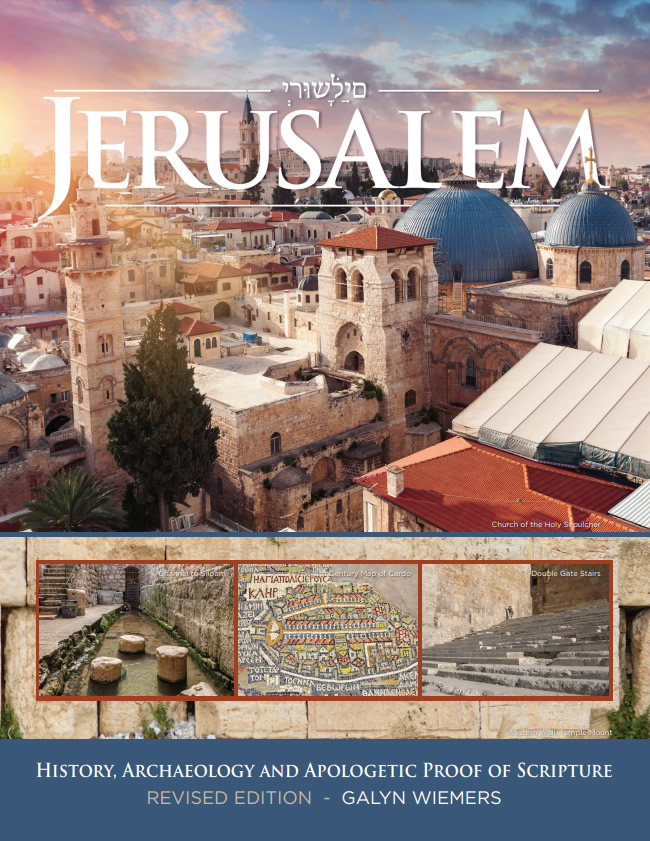60- Ecce Homo |
||||||
The Ecce Homo Arch remaining from the Roman attack on Fort Antonia in 70 AD. In this photo looking east, the Convent of the Sisters of Zion is on the right. One side of the original arch is still seen in the convent wall. |
||||||
One of the areas the Romans attacked when they laid siege to Jerusalem in 70 AD was the stronghold of Fort Antonia, which Jewish rebels had taken over and barricaded themselves inside of when they drove the Romans out in 66 AD. In order to reach the north wall of Fort Antonia, the Romans had to build a ramp across the Struthion Pool that served as a moat on the north wall of the fort. The ramp they built was supported by an arch, and this arch is known today as the Ecce Homo Arch. Ecce Homo is Latin for “Behold the man”. The arch got its name because it was once believed that the ancient pavement that covers the Struthion Pool had been the floor of Fort Antonia. If that were The arch that supported the ramp the Romans used to attack Fort Antonia still stands today and spans the Via Dolorosa. In 135 after Hadrian had defeated the Jews in the Second Jewish Revolt (Bar Kochba Revolt) this same arch was converted into a monument to his victory. It was similar in purpose to the Arch of Titus in Rome commemorating the 70 AD victory over the Jews. The Ecce Homo Arch was flanked by two smaller arches, one of which can still be seen in the basement of the Convent of the Sisters of Zion. |
||||||
|
 |
UPDATED! 2022 - Open this link |
JERUSALEM: HISTORY, ARCHAEOLOGY AND Download a FREE online .pdf of "Jerusalem" HERE (click on the book cover to download the book as a .pdf ) |
|
|
|
|
|